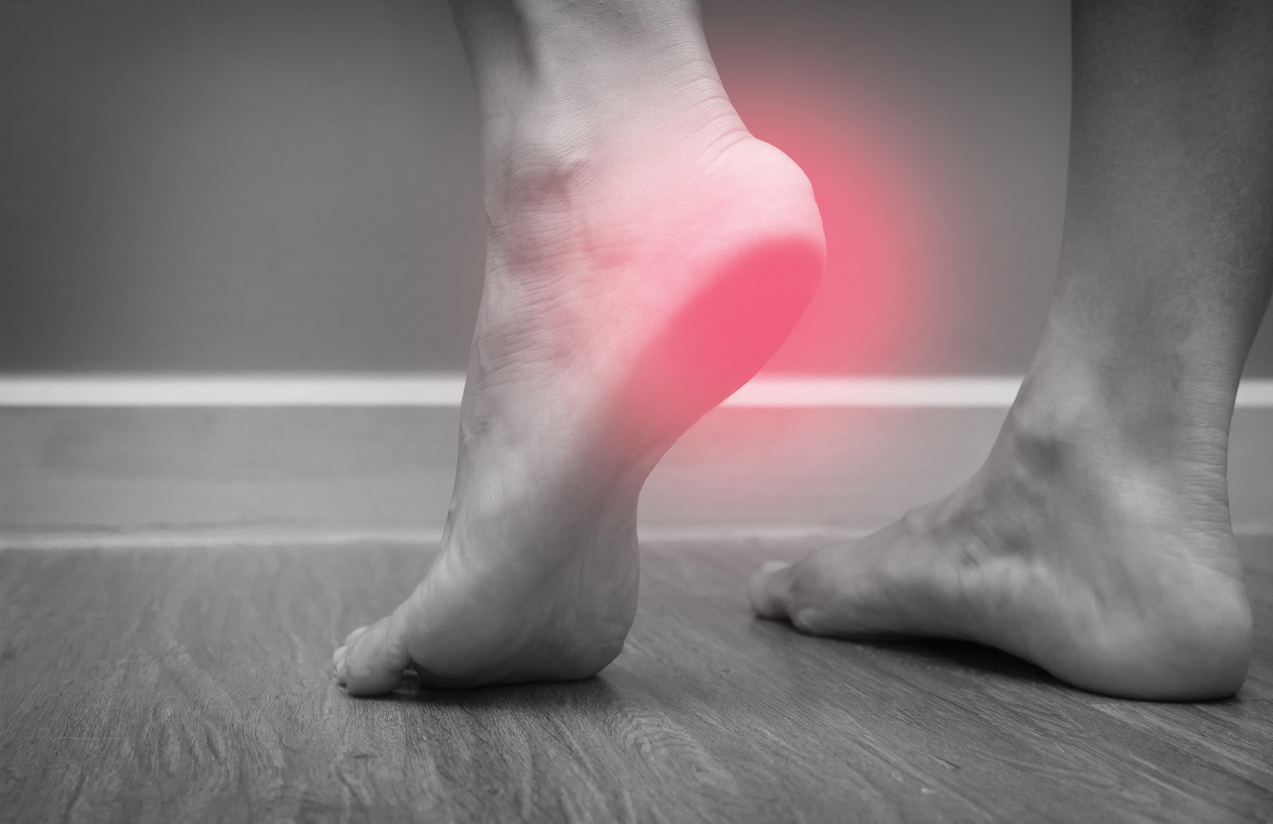
Your heel bone, called the calcaneus, provides balance and stability at the back of your foot. Heel pain is a common issue with numerous potential causes, ranging from heel joint inflammation to plantar fasciitis to heel bone fractures.
The anatomy of the foot is complex. If you have heel pain that is not going away or is getting worse, it is ideal to see an orthopedist for a proper diagnosis and prompt treatment if necessary.
Symptoms of a Heel Problem
Some of the signs that there is an underlying condition and you need to consult an orthopedist include the following:
- Foot discomfort while walking
- Heel pain that persists at nighttime or while at rest
- Discoloration or swelling near the heel
- Decreased range of motion of the foot
- Foot pain that began after an accident or injury
- Pain accompanied by fever or numbness
For accurate diagnosis and treatment, your orthopedic doctor will evaluate your condition and may ask the following questions:
- Where is the pain located? Is it under or above the heel?
- How does it feel? Is it a burning sensation, or is it a sharp, aching pain?
- When is the pain most obvious? First thing in the morning or before you go to sleep at night?
- Are you experiencing other symptoms such as fever or numbness?
Common Causes of Heel Pain
Some of the most frequent reasons why people experience pain in the heel are the following:
Heel Spur
A heel spur is an abnormal bony growth that develops underneath or at the back of the heel. In this condition, calcium deposits form and cause painful inflammation of the surrounding tissues.
Plantar Fasciitis
Heel pain is usually caused by plantar fasciitis. This occurs when the plantar fascia – which is the thick band of supportive tissue along the bottom of the foot, connecting the toes to the heel – is inflamed and irritated. The inflammation radiates to the heel.
This condition tends to happen to people who have high arches or flat feet (low or no arches). Those who suddenly gain weight, are pregnant, spend a lot of time on their feet, or are obese are also prone to the condition, because extra downward pressure is placed on the plantar fascia.
Achilles Tendon Tear
The Achilles tendon, which is located in the lower-back part of the leg, is the most powerful tendon in the body. It is prone to ruptures from sports injuries, because it must support forceful and rapid foot movements.
A torn tendon can be a partial or complete tear, and a partial tear takes less time to heal than a fully torn tendon. A fully torn Achilles tendon may require surgery to ensure proper and complete healing.
Experienced Orthopedists in North Dakota
If you are suffering from heel pain, schedule a consultation with a skilled orthopedic doctor here at The Bone & Joint Center. We will ensure a correct diagnosis of your condition, and we will craft a personalized treatment plan that will help you find relief from your heel pain.
If you would like to schedule an appointment with an experienced orthopedist, contact our team today by calling us at (800) 424-2663 or request an appointment now via our online form. We look forward to helping you become pain-free!

